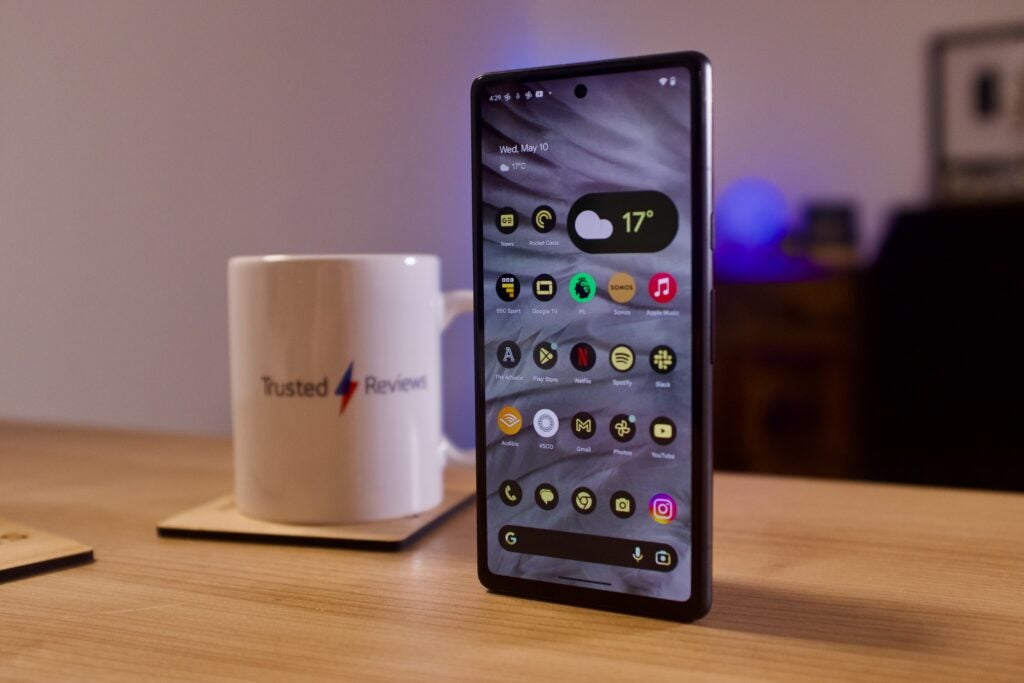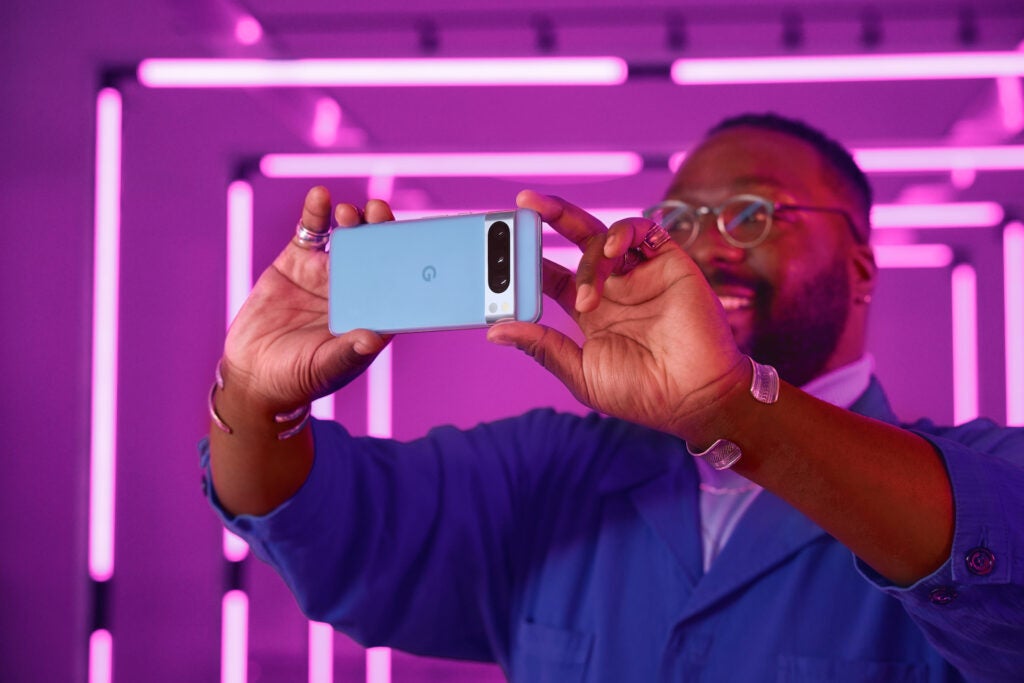With the announcement of both the Pixel 8 and the Pixel 8 Pro, we have to decide if these new handsets can match up against what came before.
The announcement of the latest Pixel 8 and Pixel 8 Pro has been heavily leaked ahead of time – typical for a Google phone – however, there’s still plenty to get excited about. Both handsets come with a batch of new features, including the latest Google Tensor G3 chipset.
But we can’t immediately cast off the previous Pixel series; the Pixel 7a launched earlier this year as a more affordable option for those after the Pixel experience on a budget.
Here, we’re going to be running through some of the key differences between the next-generation Pixel 8 and Pixel 7a so you can decide if the more expensive option is actually right for you.
The Pixel 7a is more affordable
As we’ve already mentioned, the Pixel 7a is a mid-range handset designed to be more affordable than its older siblings. The Pixel 7a has a starting price of just $499/£499 and can be found in four colours: Coral, Sea, Snow and Charcoal.
The Pixel 8 is not one of the most expensive handsets on the market, but it is a lot less accessible than its predecessor. It has a starting price of $699/£699 and comes in Hazel, Rose and Obsidan.

Pixel 8 has a higher refresh rate
One of the most exciting features of the Pixel 8 is that it comes with an Actua display with a 120Hz refresh rate and an OLED 1080×2400 panel. The refresh rate can jump from 60Hz to 120Hz depending on what you’re doing, allowing it to look smooth during more intensive tasks while still conserving battery life in the meantime.
The Pixel 7a keeps the same FHD+ (1080×2400) panel but lowers the refresh rate to a maximum 90Hz. Enabling Smooth Display allows the display to move between 60Hz and 90Hz depending on usage, and we found it snappy to use during day-to-day tasks. The screen on the Pixel 7a is perfectly serviceable, but you will want to look towards the Pixel 8 if you’re after a premium experience.
Google Tensor G2 vs Google Tensor G3
The Pixel 7a is powered by the Google Tensor G2 chipset, the same chip found inside the Pixel 7 Pro and Pixel Fold. This chip doesn’t favour pure speed, but we found the camera processing to be very quick and that all the AI features ran with minimal fuss. It was able to play Call of Duty Mobile with minimal hiccups and accomplished everyday tasks with ease, offering no noteworthy issues during our review period.
The Pixel 8 comes with the latest Google Tensor G3 chipset, which also powers the Pixel 8 Pro. Google claims that this latest chip brings in even more features than before; Pixel’s Call Screen can now automatically detect and filter out spam calls, Clear Calling offers crystal clear phone calls and Audio Magic Eraser even lets you remove and edit distracting audio from videos. We can’t make any comments on the performance of the G3 chipset just yet, but it looks very promising on paper.

The Pixel 7 comes with a 64MP rear camera
For a mid-range handset, the Pixel 7a packs an impressive camera array; the 64-megapixel wide camera is accompanied by a 13MP ultrawide sensor.
There is faster Night Sight than its predecessor – low light shooting mode that combines multiple exposures to boost light – and we found it to be very impressive in most environments. Our Editor even claimed “I don’t think there’s anything this capable on the market for the price,” which speaks volumes about the camera capabilities of the Pixel 7a.
The Pixel 8 comes with a 50MP wide camera alongside a 12MP ultrawide sensor with autofocus. Compared to the Pixel 7a, it might look like a downgrade on paper, however, the inclusion of the G3 chipset should provide more AI smarts that improve the overall camera experience. We will have to wait to find out how the Pixel 8’s camera performs during our testing, but it might be a tight competition.









